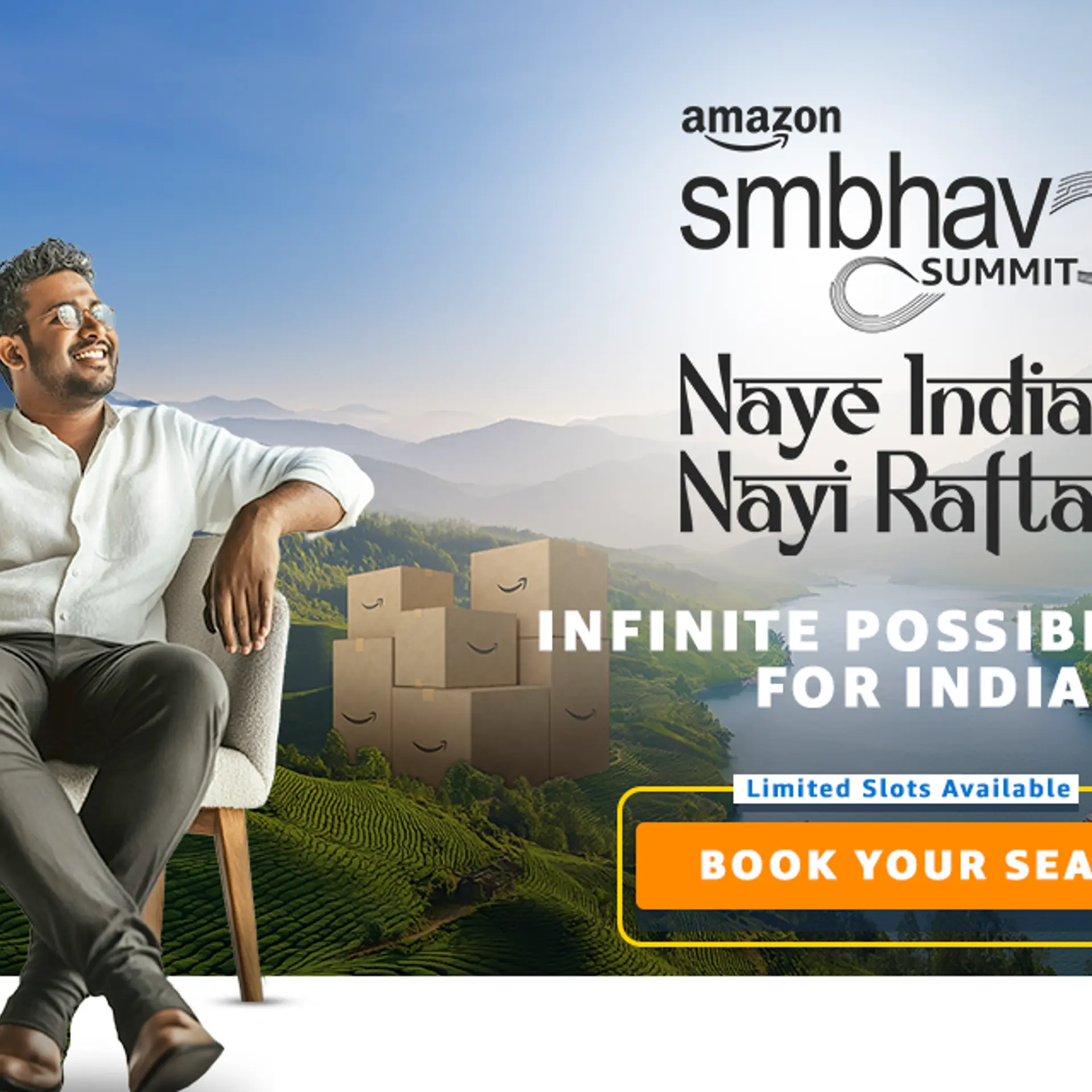[YS Lounge] Nitish Rai Gupta tells us “Why monk bought the Ferrari”

Robin Sharma had made it sure that most of us knew about that monk who sold his Ferrari. The book is supposed to take you on a deep dive within yourself and look at life from a different perspective. But that's for another time, today we're going to enter a rendezvous with a person who likes to tell everyone the reason why the monk bought the Ferrari. That person is Nitish Rai Gupta, the author of two books- "The 7 Principles of Brand Management" and "Why Monk Bought the Ferrari?"
Nitish is an IIM Calcutta alumni who has experienced more than 20 different countries handling some of the biggest brands including the likes of Coca Cola (India) and Heinz (Africa and Middle East). And as you'd presume by now, he'd rather write about building strong brands rather than entering deep life-questions.
Edited excerpts:
YS: What was your intention behind writing the books?
Nitish: Across my diverse experience, I realized that the key principles for building strong brands and differentiating them in the market, remained consistent – no matter what geography or category one was working on. This was an elevating thought which I shared with a host of friends and colleagues across various companies and through discussions with them, was able to further fine tune them. Finally, I was able to bring these principles to life in the form of 2 books. (both have been published by Tata McGraw Hill)
YS: How are the books being received? When did you launch and how was the publishing experience?
Nitish: The books have been extremely well received by students and working professionals. ‘The 7 Principles of Brand Management’ published towards the end of 2011 was in-fact subscribed by a top B-School as part of one of the ‘must reads’ for their core marketing course. ‘Why Monk Bought the Ferrari’ has been published a few months ago and is gaining traction mostly through word of mouth recommendation. Both the books continue to see a lot of repeat orders from airport stores and online portals – this should give you an idea of the kind of audience they are appealing to.
The publishing process is a very enriching experience. The raw script during the publishing and editing process went through more than 7 rounds of changes – leading to a crisp easy to read format eventually. The experience taught me the importance of brevity and how key ideas should be expressed in a simple yet not simplistic form. The back and forth with the editors can sometimes be painful but in the end, it helps create a significantly better finished product.

YS: Do you think that with progressing times, being a writer is almost like being an entrepreneur?
Nitish: That’s an interesting question. If I think about it, authoring a book has certain similarities with being an entrepreneur. To start with, you need to believe in the idea. It is your passion that will ultimately result in bringing the idea to life. Secondly, as you are working on converting the idea to a tangible script, you need to get feedback on the same from those whose opinion and judgment you trust – this will help improve the final product. Thirdly, you need to be ready for failure – as they say journey is the reward. Lastly, writing a book offers opportunity to learn not just how to express your thoughts but also how to take an idea and convert it into a product that will appeal to its intended consumers – leverage this learning and seek to apply the same in the next book that you write.
YS: How long did it take to write the books? Take us through the journey.
Nitish: The script writing process for both the books took me about 6-8 months. Since I relied heavily on live industry cases in both the books to substantiate the applicability of the points I made, I had to read a lot of available marketing literature – books, magazines and journals. This helped me test the principles and hypothesis in an exhaustive manner. It is from this research that I then shortlisted cases which eventually made it to my books.
Once the script for my first book was completed at my end, I sent it to multiple publishers for review. Luckily the script got accepted by Tata McGraw Hill – that was about one month after completion of the script. After this, started the process of meeting with the editors and consequently, multiple editing iterations of the book. Once we had the final edited version ready, the script was put in the print layout. In parallel, with help from the publishing house marketing team, cover design was completed and in the next couple of months, the first print of the book saw light of the day.
Working with the same publisher for the second book helped a lot and consequently reduced the timelines by almost 3 months.
YS: What are your future plans?
Nitish: While I have a day job leading innovations for an American company, I usually do my writing in the evenings or during the weekends. This keeps my thinking fresh and helps me maintain good levels of enthusiasm and energy in my job as well. Thus I plan to continue to leverage my experience and convert those into distinct published works. At present I am working on another idea in the corporate leadership domain and hope this sees light of the day soon.
Recommended read: Capgemini Techie Turns Novelist; The Journey from Idea to Publishing a Book


![[YS Lounge] Nitish Rai Gupta tells us “Why monk bought the Ferrari”](https://images.yourstory.com/cs/wordpress/2013/01/Nitish-Rai-Gupta.jpg?mode=crop&crop=faces&ar=16%3A9&format=auto&w=1920&q=75)




